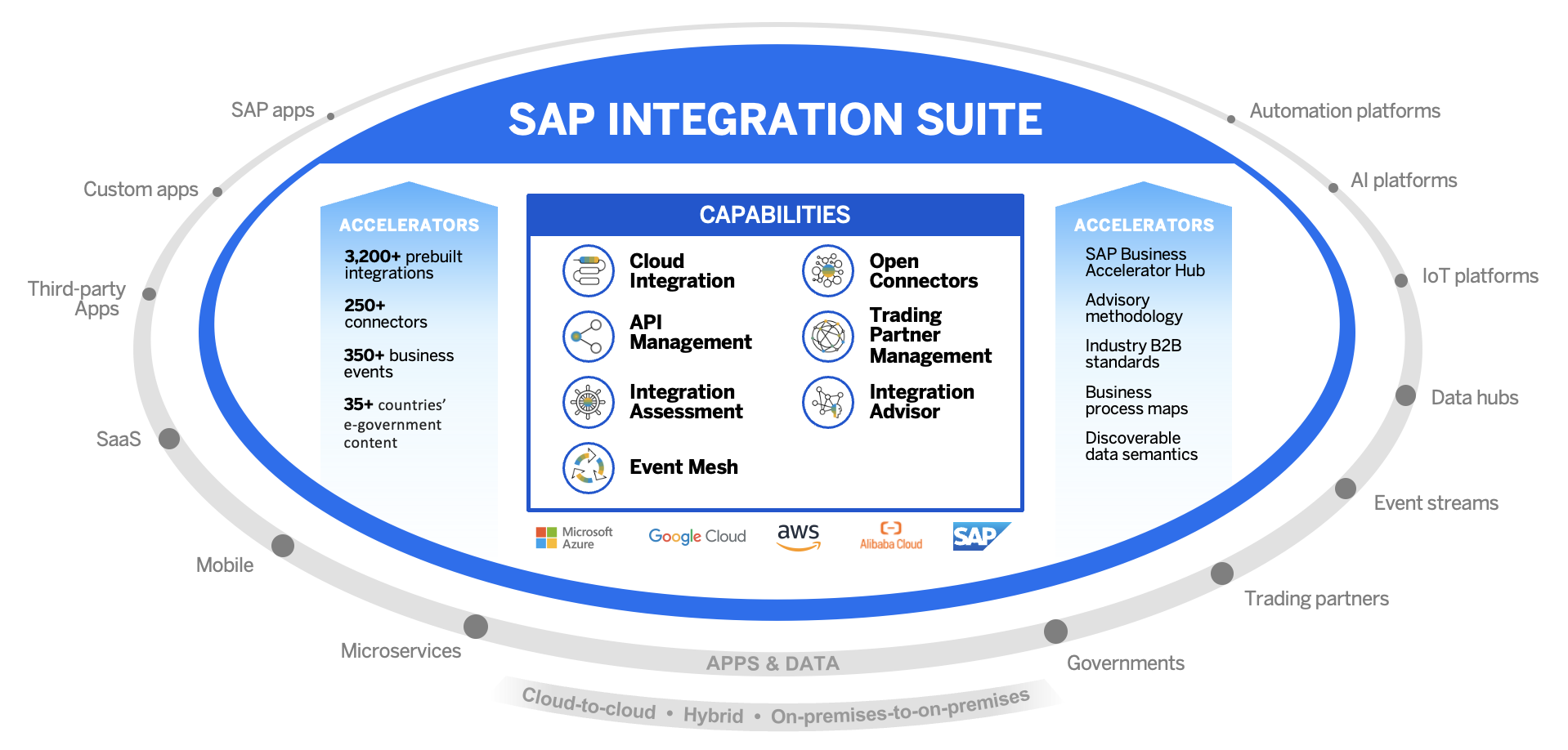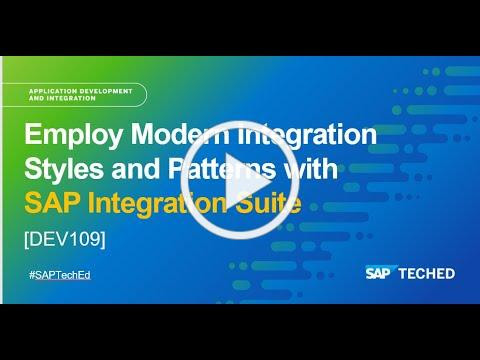TAKE NOTE (Insights and Emerging Technology)

Many agencies began implementing their planned decreases to telework in fall 2023. But left unsatisfied, the Biden administration has taken a more hardline approach to office reentry.
White House Chief of Staff Jeff Zients told agency heads that some are “not where they need to be” on office reentry.
A few agencies, however, have surpassed the administration’s 50% in-person goal for feds, Zients said. He named the Departments of Veterans Affairs, Energy, Defense, State, as well as the U.S. Agency for International Development (USAID) as exemplars of exceeding return-to-office requirements.
The latest push follows an Aug. 4, 2023 email Zients sent to cabinet officials, in which he said agencies should “aggressively execute” a shift toward more in-person work beginning in September and October 2023.
“These changes will allow us to harness the benefits of enhanced flexibility that we experienced during the pandemic, while ensuring we have the in-person time we need to build a strong culture, trust and interpersonal connections,” Zients wrote in the August 2023 email obtained and reported by Axios. “Newer members of our team — who will be the future leaders of our agencies — will have the face-to-face interaction critical to learning and growing, and all of us will benefit from the increases in morale, teamwork and productivity that come from in-person work.”
Importantly, Zients added, agency leaders should regularly communicate to staff members about why the changes are taking place, why in-office work matters and why this is the “right step.”
“Your engagement will be critical to our success,” he said. “It will take hard work and focus to make this change, and to consistently communicate with your staff.”
Zients said agencies should have first “hit the ground running” in September 2023.
To sort through the details, please see a list about agencies’ return-to-office changes. Hit the link below and follow FNN’s updated table. The list is non-exhaustive, and will continually be updated.
Interested in learning more about RPA? Download our FREE White Paper on “Embracing the Future of Work”
UNDER DEVELOPMENT (Insights for Developers)
Modern Integration for SAP S4HANA

Intro
As the SAP ERP Version ECC approaches its sunset in 2027, businesses are facing a critical crossroads. The transformation to SAP’s latest release, S/4HANA, presents not only a technological upgrade but also a unique opportunity for a comprehensive business transformation, especially in the area of integration for SAP S4HANA. In this blog post, we delve deeper into why an S/4HANA project should be viewed as a catalyst for business transformation and how organizations can harness its full potential to drive growth, innovation, and operational excellence.
SAP’s S/4HANA brings a multitude of advantages to the table, making it a compelling choice for businesses looking to future-proof their operations. The most significant difference lies in its underlying database, as S/4HANA employs the in-memory SAP HANA database, which offers faster data processing, real-time analytics, and improved performance.
Additionally, S/4HANA incorporates modern technologies such as cloud computing, social media integration, mobility, and in-memory computing. These technological advancements enable businesses to streamline their workflows, enhance decision-making, and stay competitive in today’s rapidly changing market landscape.
Beyond Technology Promises
While technology upgrades are undoubtedly essential, the true power of S/4HANA lies in its ability to drive business process improvements. Many organizations struggle with the complexity of their existing ECC systems, which have accumulated customization and modifications over the years to meet specific needs. Unfortunately, this complexity often hinders agility and impedes businesses from responding swiftly to market dynamics.
By migrating to S/4HANA, organizations have the opportunity to reevaluate and optimize their business processes. Embracing standardization and flexibility, organizations can achieve seamless end-to-end processes, eliminate redundancies, and foster collaboration across departments. This holistic approach not only improves operational efficiency but also sets the stage for future innovation and growth.
Every industry has unique requirements and processes that demand specialized solutions. SAP recognized this need and launched its Industry Cloud program, offering industry-specific capabilities through cloud-based solutions. From automotive to retail, engineering to utilities, these industry-specific cloud solutions empower businesses to meet their specific challenges head-on.
By leveraging Integration for SAP S4HANA capabilities and Industry Cloud solutions, businesses gain a competitive edge by aligning their systems with industry best practices and staying ahead in their respective markets.
– Dig Deeper –
Modern Integration Styles and Patterns With SAP Integration Suite
Q&A (Post your questions and get the answers you need)

Q. Q. Can you explain what SAFe is? How is it different than SCRUM?
A. Sure… SAFe (Scaled Agile Framework) and Scrum are both agile methodologies, but they cater to different scopes and organizational needs.
Here’s a comparison to highlight their differences…
Scope and Scale
- Scrum is focused on individual teams, usually 5-10 people, managing and completing work in short cycles called sprints, which typically last 2-4 weeks.
- SAFe is designed for larger organizations and aims to scale Agile practices across multiple teams and even the entire organization. It integrates with other frameworks like Scrum at the team level but extends to program, large solution, and portfolio levels to align strategy with execution.
Structure and Framework
- Scrum provides a simple framework that includes roles (Scrum Master, Product Owner, Development Team), events (Sprints, Sprint Planning, Daily Scrum, Sprint Review, and Sprint Retrospective), and artifacts (Product Backlog, Sprint Backlog, and Increment). It is lightweight and easy to understand, focusing on continuous improvement and adaptability.
- SAFe offers a more complex structure with additional roles, artifacts, and processes to facilitate coordination across multiple teams and ensure alignment with organizational goals. It includes concepts such as Agile Release Trains (ARTs), Program Increments (PIs), Lean Portfolio Management, and more.
Implementation Complexity
- Scrum can be quickly adopted by small teams with minimal organizational changes. It emphasizes self-organization and cross-functionality within teams.
- SAFe requires a more significant initial effort to implement due to its complexity and the need to coordinate across multiple teams and levels of the organization. It includes roles and structures for managing the portfolio and value streams, which might necessitate organizational restructuring.
Flexibility and Customization
- Scrum is highly flexible and can be adapted to various types of projects beyond software development. It provides a framework but leaves specific practices and tools to the discretion of the implementing team.
- SAFe provides a comprehensive approach with detailed guidance and best practices for scaling Agile. While it offers configurations to fit different organizational sizes (Essential SAFe, Portfolio SAFe, etc.), it is prescriptive and might require adjustments to fit specific organizational contexts.
Goal
- Scrum aims to improve team productivity and product quality through iterative development and continuous feedback.
- SAFe seeks to align the organization on strategy and execution, ensuring that large enterprises can achieve agility at scale, enhancing delivery speed, product quality, and employee engagement across the entire organization.
In summary, while Scrum and SAFe share common agile principles, Scrum is better suited for small teams focused on rapid delivery and flexibility, whereas SAFe is designed for enterprises needing to scale these agile practices across multiple teams and align them with strategic business objectives.
Cheers!



